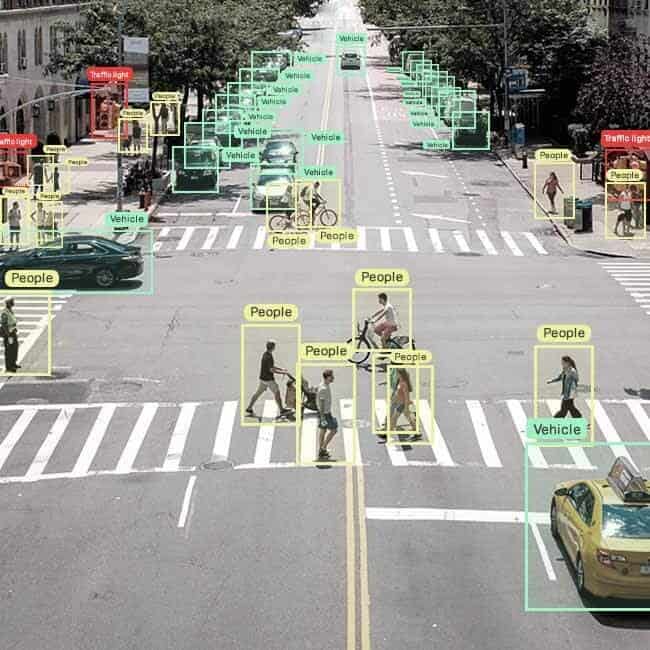In today’s world of big data, companies across all industries rely on machine learning and artificial intelligence to gain invaluable insights. Image annotation, which is a fundamental technique of computer vision, assists in make sense of visual data. This article examines the world of image annotating and the importance of image-annotating tools, software and solutions for unlocking the potential of data-driven decisions.

Image annotation involves the process of tagging or labeling images with metadata, allowing computers to interpret and comprehend the visual information accurately. Image annotation, like including bounding boxes or polygons as well as keypoints to images, lets ML models detect patterns, objects and attributes. This method bridges the gap between raw images and actionable insights, opening up the possibility to various applications, such as autonomous vehicles, medical imaging, ecommerce and surveillance.
An extensive range of image annotation tools have been created to make annotation easier. They provide user-friendly interfaces to allow annotators make notes on objects or areas of interest in images without any difficulty. They provide a wide range of annotation options and customization features that can be adapted to different requirements for data. Image annotation tools are accessible in a range of options. These include basic drawing tools, advanced shapes recognition, and automated annotation suggestions. This gives annotators to work effectively and efficiently.
Image annotation software takes the annotation process to the next level by incorporating automation and collaboration features. These applications make use of ML algorithms for automation, reducing manual work and improving the speed of annotation. With techniques like active learning and transfer learning, software for annotation speeds up the process of labeling, while still delivering high-quality results.
The software for annotation allows seamless collaboration amongst multiple annotators. It allows real-time annotation sync and commenting functionality to ensure smooth communication. This collaborative approach not only enhances the quality of annotations, but also encourages knowledge sharing and ensures an identical annotation across all annotations.
When selecting an image-annotation tool be sure to take into account a number of factors. Firstly, it should be a good fit with the particular needs of the project. These include the different types of annotation (e.g. keypoints and polygons) along with the complexity of labeling tasks, and scalability.
Second, flexibility and adaptability is essential. Flexibility and adaptability are the key. A reliable annotation system should be able to modify annotation workflows and integrate with existing data management software. Also, it must be compatible with multiple data formats. This flexibility allows the annotation system to seamlessly integrate with existing workflows and pipelines and improve overall productivity.
Thirdly, it is essential to determine the quality of annotations that the solution produces. To ensure consistency and accuracy the most reliable image annotation software employ quality control methods. These include agreements between annotations, inter-annotator verification, validation of annotations and constant feedback between annotations.
The impact of image annotating extends beyond just the annotation process. With the help of tools for image annotation or software businesses can enhance the value of their data in a variety of ways. In the first place, precise annotations facilitate the training and development of ML models with higher accuracy and reliability. These models are then deployed in a variety of applications, including object recognition, image classifying and anomaly detection.
Image annotation also assists in data driven decision making by providing meaningful, rich information from the visual data. In the field of healthcare, annotated medical images assist in diagnosing diseases as well as identifying anomalies and determining the best treatment options. In ecommerce, image annotations assist in recommending products, image search, and the use of visual marketing techniques.
Image annotation coupled with data science has revolutionized the way we work. It’s a powerful tool that can unlock a wealth of information. It accelerates the analysis of data, exposes the hidden connections and provides real-time insights. With the help of image annotation, organizations can improve their processes, go to market quicker, cut costs, and gain a competitive advantage. Annotated images are easier to read and useful for all stakeholders within any company since they allow for the visualization of concepts simpler than abstract figures. Annotating images can be an effective tool for transforming data into actionable insights and to maximize its use for every kind of application.
